Home>Gardening & Outdoor>Outdoor Recreation & Activities>What Is The Standard Trampoline Size
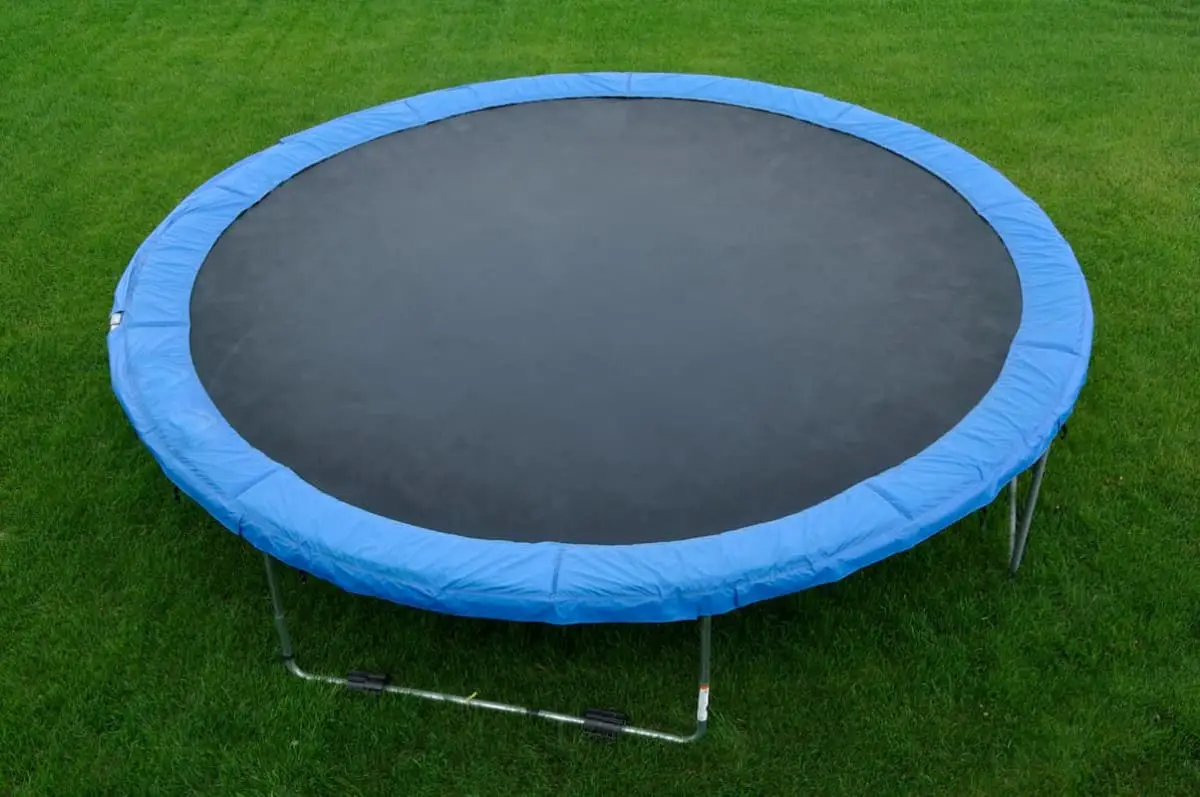

Outdoor Recreation & Activities
What Is The Standard Trampoline Size
Modified: January 9, 2024
Discover the standard trampoline size for outdoor recreation and activities. Learn about the ideal dimensions for your outdoor space and family fun.
(Many of the links in this article redirect to a specific reviewed product. Your purchase of these products through affiliate links helps to generate commission for Storables.com, at no extra cost. Learn more)
Introduction
Trampolines are a source of endless fun and excitement for people of all ages. Whether it's the joy of bouncing high into the air or performing gravity-defying tricks, trampolines offer a unique and exhilarating experience. However, when it comes to purchasing a trampoline, one of the crucial considerations is the size. Understanding the standard trampoline sizes and the factors to consider when choosing the right size can significantly impact the enjoyment and safety of trampoline use.
In this comprehensive guide, we will delve into the world of trampoline sizes, shedding light on the standard dimensions and the implications of choosing a specific size. Whether you're a parent looking to surprise your kids with a backyard trampoline or an outdoor enthusiast seeking to elevate your recreational space, this article will equip you with the knowledge needed to make an informed decision. So, let's bounce right in and explore the fascinating realm of trampoline sizes!
Key Takeaways:
- Choose the right trampoline size by considering available space, user age, intended activities, weight capacity, and long-term needs for a safe and enjoyable experience.
- Trampolines come in various standard sizes, from compact 8ft to expansive 14ft, each catering to different preferences and activities, so pick the size that fits your outdoor space and user demographics.
Read more: What Size Is A Standard Dishwasher
Understanding Trampoline Sizes
Trampolines come in various sizes, each offering unique benefits and considerations. The size of a trampoline is typically determined by the diameter of the jumping mat, which directly influences the overall surface area available for bouncing. Understanding trampoline sizes involves recognizing how these dimensions impact the user experience, safety, and the available space for installation.
Smaller trampolines, such as those with a 10-foot diameter, are well-suited for compact yards or limited outdoor spaces. They are ideal for young children or individuals looking to engage in light bouncing activities. On the other hand, larger trampolines, such as those with a 14 to 15-foot diameter, offer a more expansive jumping surface, making them suitable for families, teenagers, and adults who desire ample space for various tricks and activities.
Moreover, the size of a trampoline can influence the level of supervision required during use. Smaller trampolines may necessitate closer monitoring, especially for younger users, while larger trampolines provide more room for multiple users to enjoy simultaneously, reducing the need for constant oversight.
Understanding trampoline sizes also involves considering the weight capacity. Larger trampolines typically have a higher weight limit, accommodating multiple users or individuals with varying body weights. This is an essential factor to ensure the safety and longevity of the trampoline.
Furthermore, the available accessories and add-ons, such as safety enclosures and ladders, may vary based on trampoline size. Larger trampolines often offer more customization options, including advanced safety features and attachments, enhancing the overall trampolining experience.
By comprehending the implications of trampoline sizes, individuals can make informed decisions based on their specific needs, available space, and intended usage. The next section will delve into the standard trampoline sizes available in the market, providing valuable insights into the dimensions and suitability of each size category.
Standard Trampoline Sizes
Trampolines are available in a range of standard sizes, each catering to different preferences and requirements. The most common trampoline sizes include 8ft, 10ft, 12ft, and 14ft, with variations in diameter and overall surface area. Understanding the distinctions between these standard sizes is essential for selecting the most suitable trampoline for your needs.
8ft Trampoline: This compact trampoline is well-suited for small outdoor spaces and younger users. Its smaller diameter provides a cozy bouncing area, making it ideal for children and beginners. However, it is important to consider the weight capacity and intended usage, as smaller trampolines may not accommodate multiple users or vigorous activities.
10ft Trampoline: Slightly larger than the 8ft trampoline, the 10ft size offers a balance between space and maneuverability. It is suitable for older children and individuals with limited outdoor space. The increased diameter provides a more generous bouncing area, allowing for a wider range of movements and activities.
12ft Trampoline: With a larger surface area, the 12ft trampoline is well-suited for families and multiple users. It provides ample space for dynamic bouncing and accommodates a wider age range, making it a popular choice for recreational use. The 12ft size strikes a balance between spaciousness and practicality, fitting well in medium-sized yards.
14ft Trampoline: The 14ft trampoline offers a substantial jumping surface, catering to older users, enthusiasts, and families seeking an expansive recreational space. Its larger diameter allows for impressive airtime and diverse trampolining activities, making it an ideal choice for outdoor entertainment and fitness-oriented bouncing.
When considering standard trampoline sizes, it is essential to evaluate the available space for installation, the intended user demographics, and the desired activities. Additionally, understanding the weight capacity and safety features associated with each size is crucial for ensuring a secure and enjoyable trampolining experience.
Now that we have explored the standard trampoline sizes, let’s delve into the factors that should be considered when choosing the right trampoline size to meet your specific needs and preferences.
When choosing a standard trampoline size, consider the available space, the age and skill level of the users, and the intended use (recreational or competitive). The most common standard sizes are 8ft, 10ft, 12ft, and 14ft.
Factors to Consider When Choosing a Trampoline Size
When selecting a trampoline size, several key factors should be taken into account to ensure that the chosen size aligns with the intended usage, available space, and user demographics. By carefully considering these factors, individuals can make an informed decision that maximizes safety, enjoyment, and overall satisfaction with their trampoline purchase.
Available Space: The first and most critical factor is the available area for trampoline installation. It is essential to measure the designated space accurately to determine the maximum trampoline size that can comfortably fit within the allocated area. Consider any potential obstructions, such as trees, fences, or other outdoor structures, when assessing the available space.
User Age and Number: Understanding the age and number of users is crucial for selecting an appropriate trampoline size. If the trampoline will primarily be used by young children, a smaller size may suffice. However, for families or older users, a larger trampoline with a more expansive jumping surface may be more suitable to accommodate multiple users and varied activities.
Intended Activities: Consider the specific activities that will be performed on the trampoline. If users plan to engage in acrobatics, tricks, or group bouncing, a larger trampoline provides the necessary space and versatility. Conversely, if the primary use is for light bouncing and recreational leisure, a smaller trampoline may suffice.
Weight Capacity: The weight capacity of the trampoline is a critical consideration, especially when multiple users or individuals with varying body weights will be utilizing the equipment. Ensure that the chosen trampoline size can safely support the intended users without exceeding its weight limit.
Long-Term Considerations: When choosing a trampoline size, consider the long-term usage and the potential for users to grow or develop new trampolining skills. Selecting a size that accommodates future needs can prolong the lifespan of the trampoline and reduce the likelihood of outgrowing its capacity.
Safety and Accessories: Larger trampolines often offer more customization options for safety enclosures, ladders, and other accessories. Consider the availability of safety features and accessories that align with the chosen trampoline size to enhance user safety and overall enjoyment.
By carefully evaluating these factors, individuals can make an informed decision when selecting the most suitable trampoline size for their specific needs and preferences. Taking into account the available space, user demographics, intended activities, weight capacity, long-term considerations, and safety features ensures that the chosen trampoline size aligns with the desired trampolining experience.
With a thorough understanding of the factors to consider when choosing a trampoline size, individuals can confidently select the ideal trampoline that will provide endless fun and entertainment for years to come.
Conclusion
Choosing the right trampoline size is a decision that significantly impacts the enjoyment, safety, and practicality of trampolining activities. By understanding the standard trampoline sizes and the factors to consider when selecting a size, individuals can make informed choices that cater to their specific needs and preferences.
Trampolines are available in various standard sizes, ranging from compact 8ft trampolines to expansive 14ft trampolines, each offering unique benefits and considerations. The dimensions of the trampoline directly influence the available jumping surface, weight capacity, and suitability for different user demographics and activities.
When choosing a trampoline size, it is crucial to consider factors such as the available space for installation, the age and number of users, the intended activities, weight capacity, long-term considerations, and the availability of safety features and accessories. By carefully evaluating these factors, individuals can select a trampoline size that aligns with their specific requirements, ensuring a safe, enjoyable, and long-lasting trampolining experience.
Ultimately, the right trampoline size is the one that provides ample space for users to bounce, play, and exercise while fitting comfortably within the designated outdoor area. Whether it’s a compact trampoline for young children or a larger trampoline for family entertainment, the chosen size should accommodate the intended usage and user demographics, fostering a sense of fun, fitness, and outdoor recreation.
As individuals embark on the journey of selecting a trampoline size, they are empowered to make decisions that enhance their outdoor recreational space and promote active, exhilarating experiences for users of all ages. By embracing the knowledge and insights shared in this guide, individuals can confidently navigate the world of trampoline sizes, setting the stage for countless moments of airborne excitement and joy.
With a clear understanding of the standard trampoline sizes and the essential factors to consider, individuals are well-equipped to make informed decisions that lay the foundation for a thrilling and safe trampolining adventure.
Frequently Asked Questions about What Is The Standard Trampoline Size
Was this page helpful?
At Storables.com, we guarantee accurate and reliable information. Our content, validated by Expert Board Contributors, is crafted following stringent Editorial Policies. We're committed to providing you with well-researched, expert-backed insights for all your informational needs.
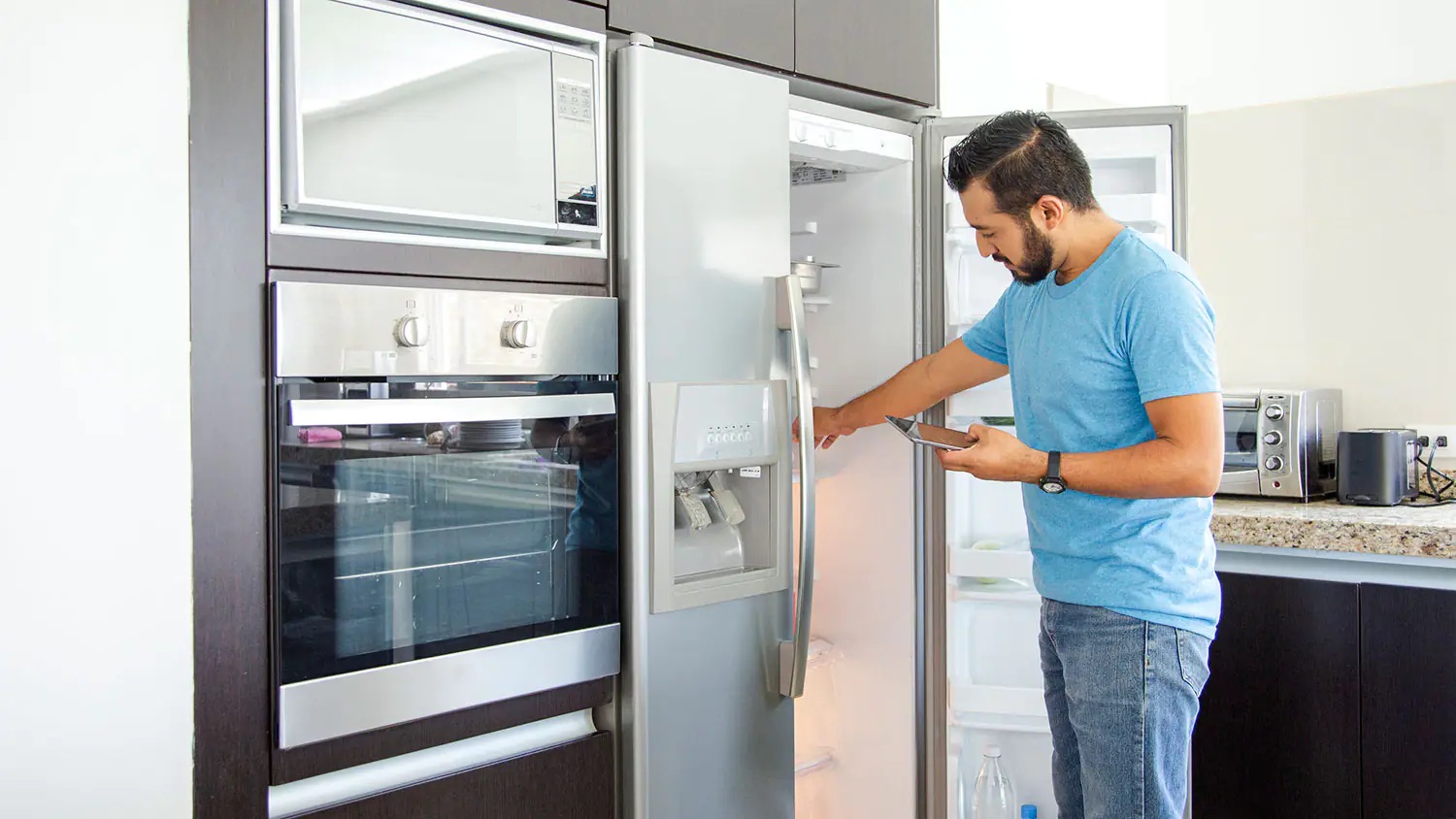







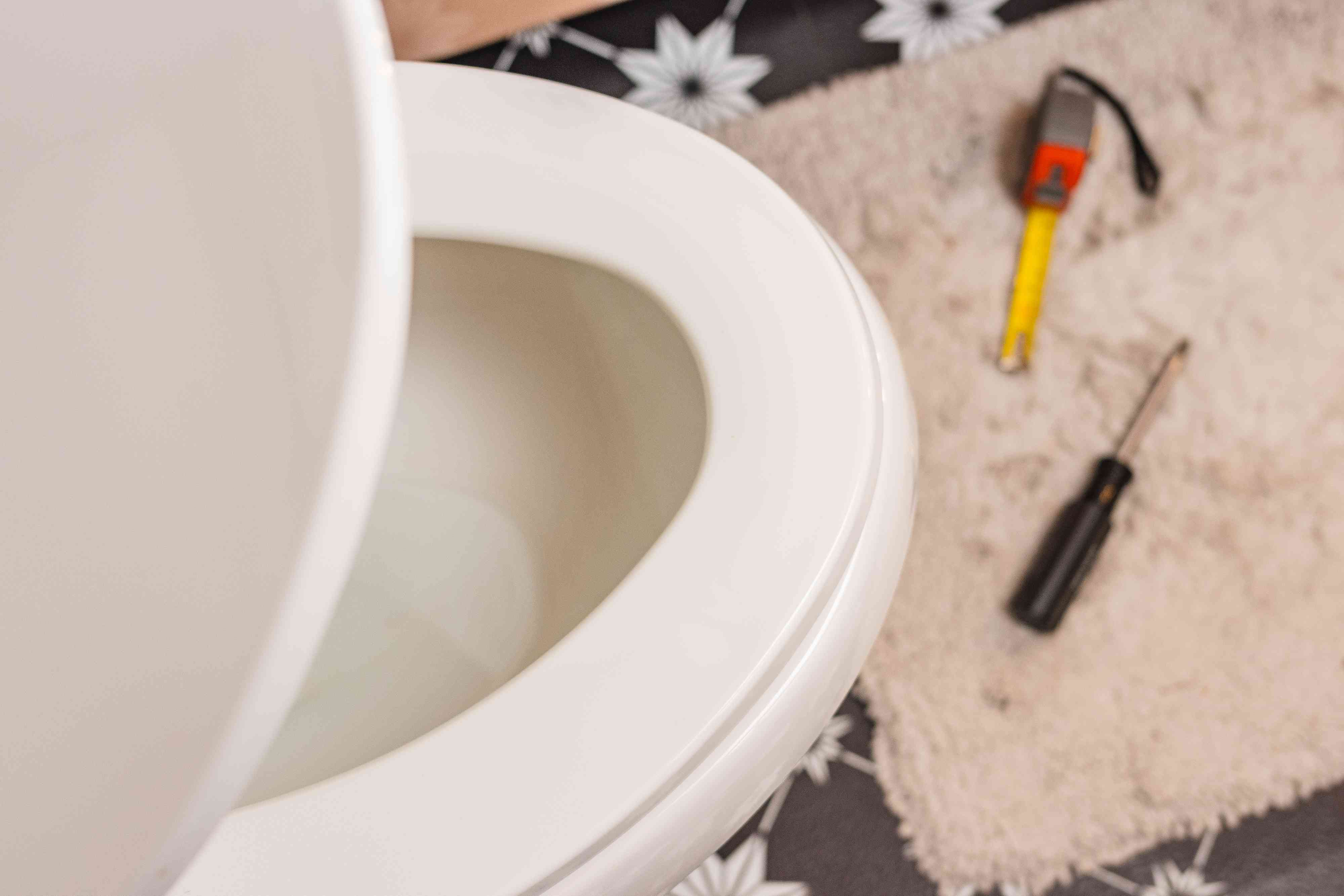



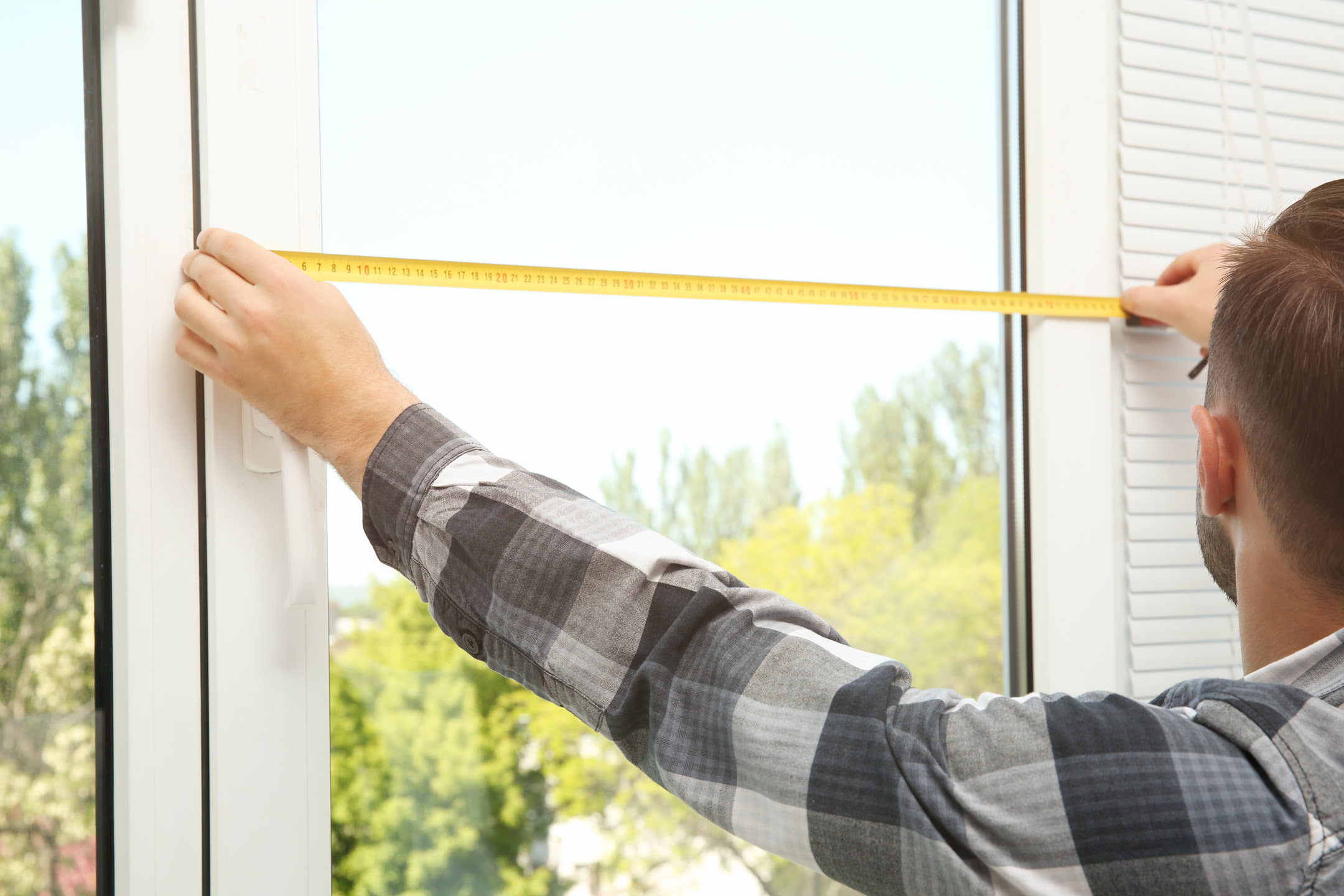
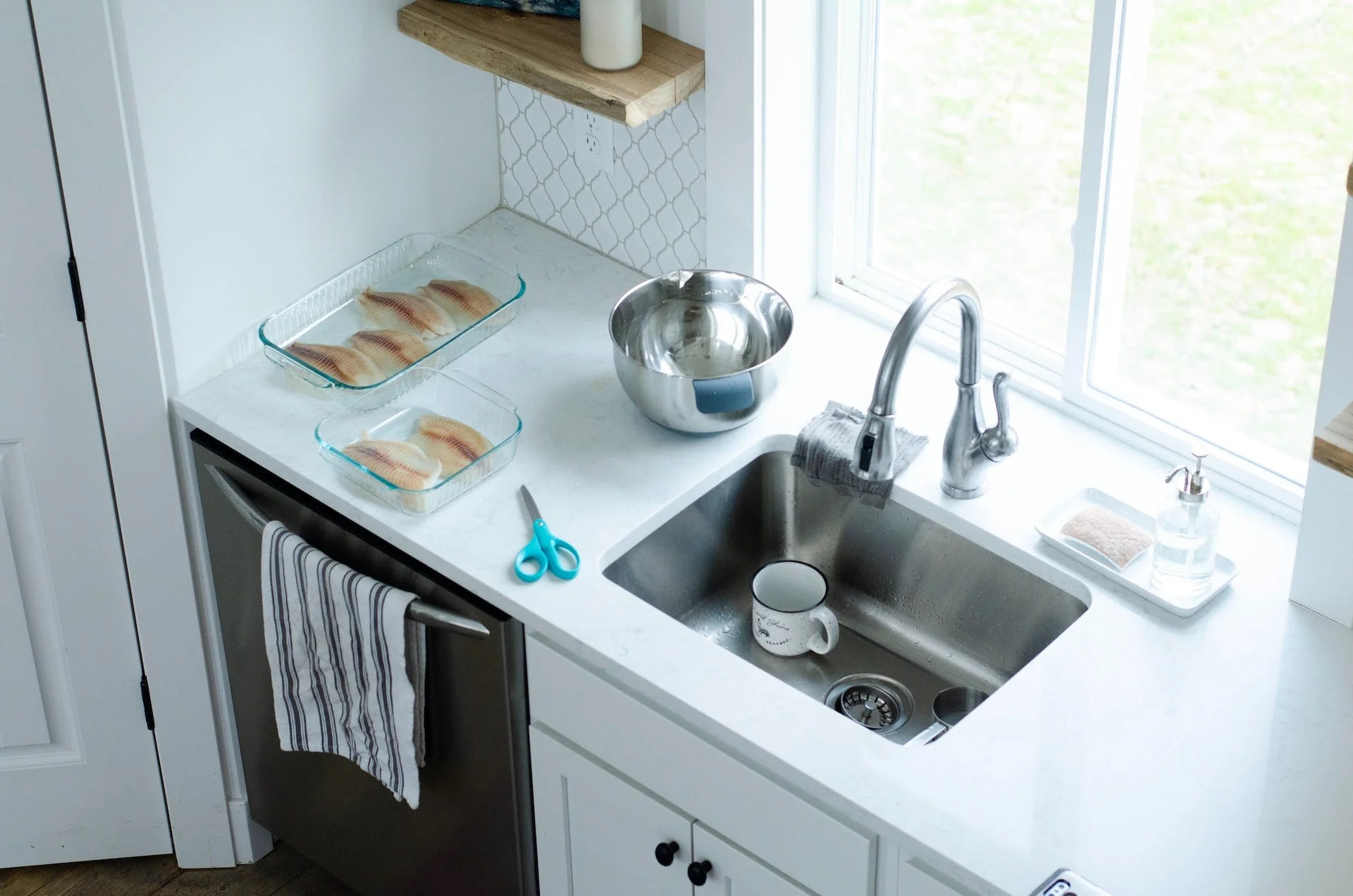


0 thoughts on “What Is The Standard Trampoline Size”